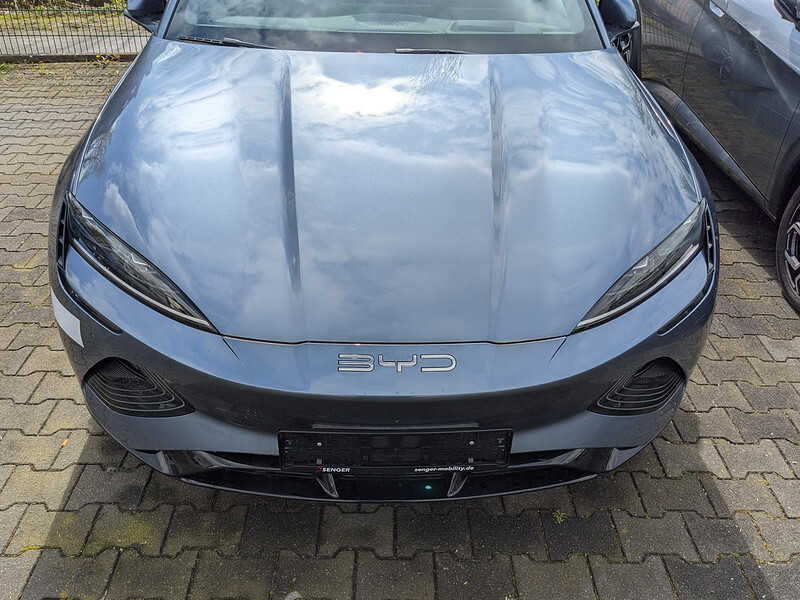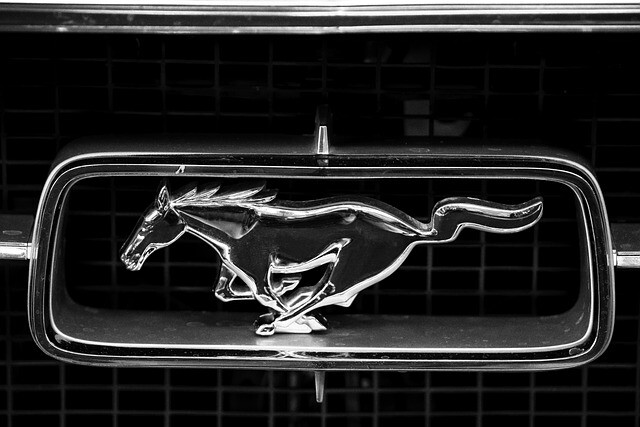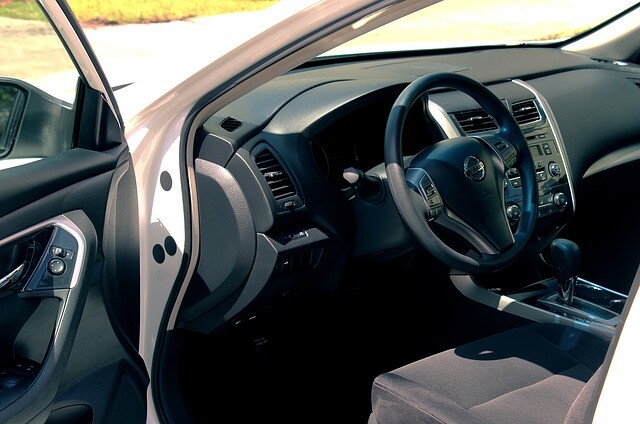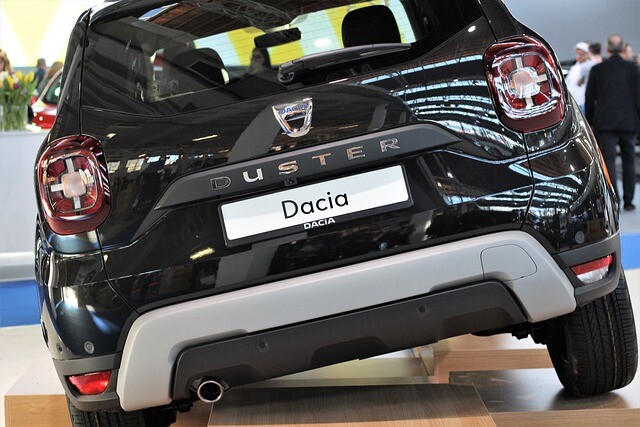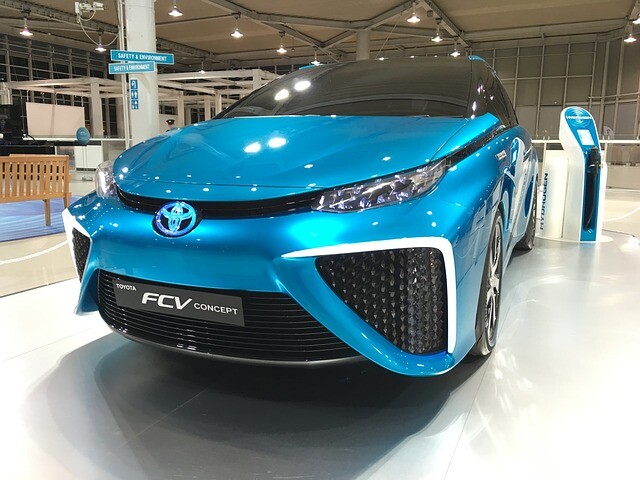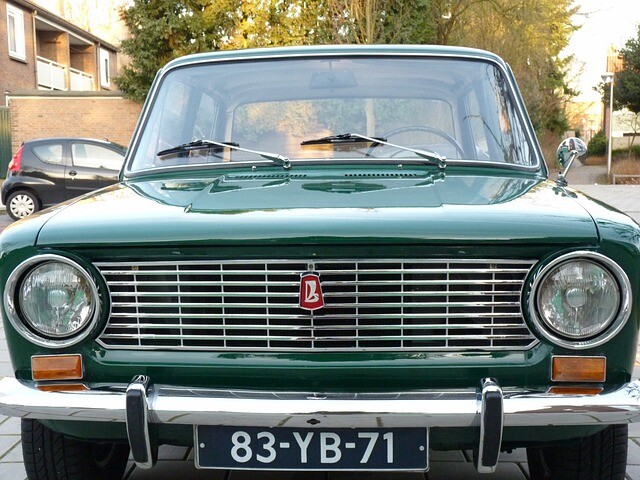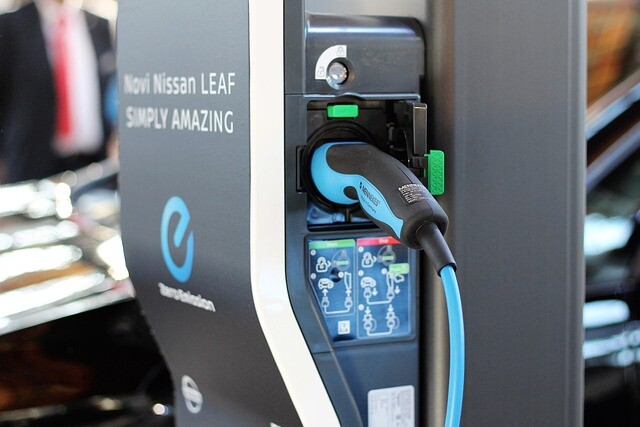So get ready for winter
This year will be winter, this year there will be snow and ice, yet it will be a big surprise when you arrive. However, you can prepare for the unexpected with a few small details.

It used to be everything else, including land and cars. Certainly, we are somewhat different nowadays to the trials. The best example of all this is when the first snow comes every year, almost shocking the drivers. However, the majority of them could save themselves from uncomfortable situations by following some helpful tips. Actually, there are no secret, all-life "life hack" tricks that we train Bear Grylls into a stroke, just a few helpful tips and extra equipment to be one of the "viable" drivers of the vulnerable car.
All of these advisers have a pre-emptive tip to get him to know about the expected road and weather conditions at the start of the winter trip , and if we start off, our fuel tank should be filled with the “just enough” approach. Depending on the distance and the possibilities, let's leave it to the amount of fuel you would otherwise need, even if an average car idle at an hourly rate of about 0.7-0.8 liters, if you are driving in a standing position.
Nowadays, it is probably the winter tire that has not been designed primarily for easier driving on snowy roads, but also to provide sufficient traction on the asphalt that is colder than 7 ° C. Accordingly, the pattern and composition of the material were designed. Compared to summer tires, this is more elastic and flexible in cold weather. As a rule, our two-wheel or all-wheel drive car, if the tires are not equally new at the front and rear, put the right ones back.
(Source: hvg.hu / photo: pixabay.com)



